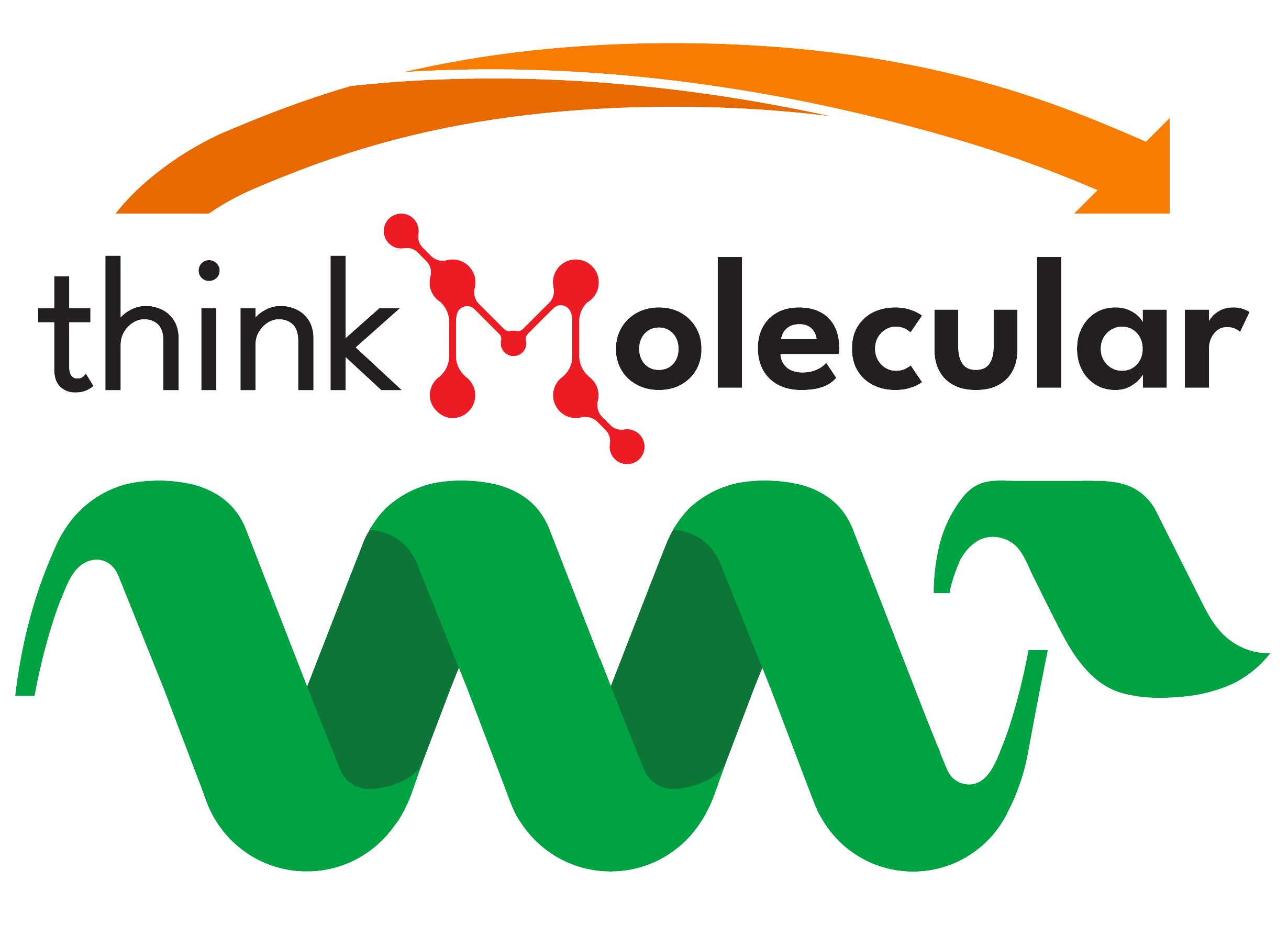Hit Generation
Predictive models used for screening of fragments, de-novo designed compounds and our large
privileged compound collection to identify series of hits for all classes of targets.
 Mapping of interactions to potency
Mapping of interactions to potency On-target screening
On-target screening Pharmacophore/QSAR/Docking models
Pharmacophore/QSAR/Docking models Screening of large virtual databases
Screening of large virtual databases Identification of hits and compound design
Identification of hits and compound design Hit quality assessment through preliminary filters
Hit quality assessment through preliminary filters Iterative design to optimize hits into leads
Iterative design to optimize hits into leads Fragment screening and de-novo design
Fragment screening and de-novo design




Image Slide 2
Image Slide 2
Image Slide 1
Image Slide 3
 Key molecular interactions and their contribution to SAR
Key molecular interactions and their contribution to SAR On-target screening using molecular docking, pharmacophore, molecular field approaches
On-target screening using molecular docking, pharmacophore, molecular field approaches Screening of our large privileged databases covering a wide chemical space
Screening of our large privileged databases covering a wide chemical space Enabling FBDD campaigns and evolution of fragments into hits
Enabling FBDD campaigns and evolution of fragments into hits
 de novo designs of hits based on key interactions and novelty
de novo designs of hits based on key interactions and novelty Fast follow-ons with focus on differentiation
Fast follow-ons with focus on differentiation Hit quality assessment through ML models
Hit quality assessment through ML models Iterative designs for Hit -> Lead
Iterative designs for Hit -> Lead
